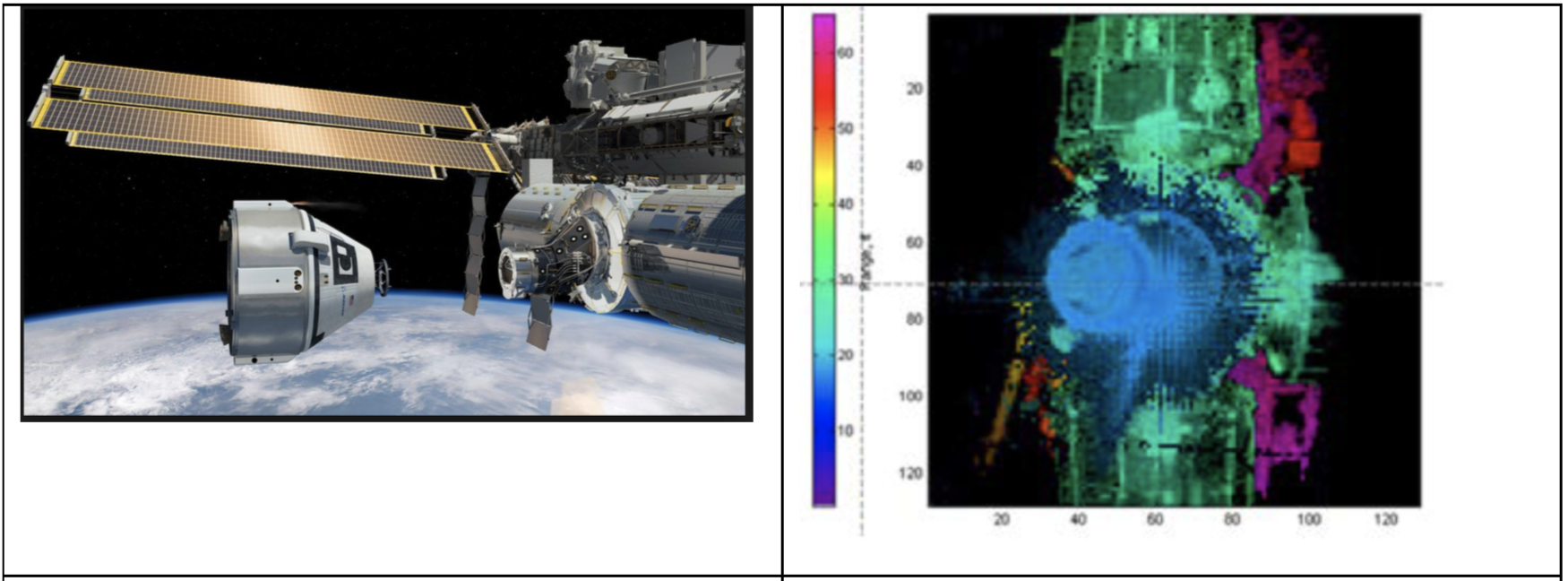Authors: Beth A. Sornsin, Bradley W. Short, Tyler N. Bourbeau, and Michael J. Dahlin
Advanced Scientific Concepts, Inc., 135 E. Ortega Street, Santa Barbara, CA, USA 93101
INTRODUCTION
Robust relative navigation systems and sensors are required to ensure successful unmanned spacecraft-to-small celestial body (asteroids, comets), manned / unmanned spacecraft-to-manned / unmanned spacecraft proximal/docking operations, and planetary body entry, decent, and landing (EDL) missions. Within the last 5 years, global shutter flash LIDAR has emerged as the sensor of choice for these relative navigation mission domains. Compared to other LIDAR modalities, global shutter flash LIDARs have superior size, weight, and power (SWaP) performance, are capable of generating real time scene depth maps and simultaneously track multiple objects. Two of the first operational space programs to use global shutter flash LIDAR relative navigational sensors designed and manufactured by Advanced Scientific Concepts LLC (ASC) are the NASA / Lockheed Martin OSRIS-Rex and NASA / Boeing’s CST-100 Starliner (Crew Space Transportation) missions.

